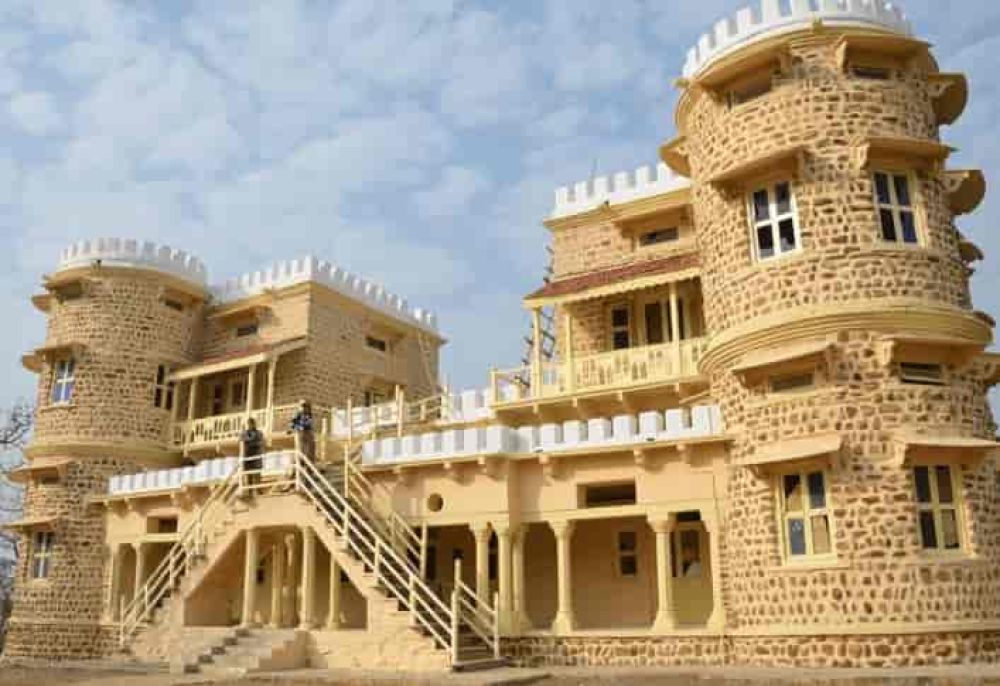

Madhav National Park, located in Shivpuri district of Madhya Pradesh, India, has a rich history that dates back to the days of princely states in India. It was once the hunting grounds of the Maharaja of Gwalior, Maharaja Madho Rao Scindia, and has been the host to several British colonial officials and Indian nobility for big game hunting.
With the decline of royal hunting traditions post-Indian independence, the area was recognized for its ecological value and was established as Madhav National Park in 1959. This transition from a royal hunting preserve to a national park reflects the change in attitude towards wildlife conservation during the mid-20th century.
The park, spread over 354 km², is a haven for biodiversity. It is home to a variety of fauna such as the Indian leopard, chital, nilgai, sambar, and a rich variety of avian species. Madhav National Park is unique in its ecological diversity, offering a mix of forested hills, grasslands, and water bodies. The park's Sakhya and Madhav Sagar lakes attract migratory birds in the winter, making it a popular spot for bird-watchers.
Over the years, Madhav National Park has seen a steady increase in tourism due to its rich biodiversity and historical significance. The nearby city of Gwalior, with its own historic attractions like Gwalior Fort, adds to the region's appeal. As infrastructure has improved and conservation efforts have increased, more visitors are drawn to the park each year to experience its natural beauty and to learn about India's conservation efforts.
In recent years, there has been a shift towards sustainable and responsible tourism. Eco-friendly accommodations and practices are being promoted to reduce the ecological footprint of tourists. Nature trails, bird watching tours, and wildlife safaris are some of the most popular activities amongst visitors.
The park authorities have developed tourism policies that ensure minimal disruption to the wildlife while providing an enriching experience to the visitors. This includes regulated safari timings, trained naturalists, and controlled vehicular movements inside the park.
Madhav National Park is well-connected by road and is close to major cities like Gwalior and Jhansi. It remains open throughout the year, though the best time to visit is during the months of October to March when the climate is temperate.
The conservation efforts and growing awareness of the ecological importance of this park continue to make it an attractive destination for both domestic and international tourists. With proper management and responsible tourism practices, Madhav National Park remains one of the shining examples of India's quest to preserve its natural wonders while offering a memorable experience to its visitors.